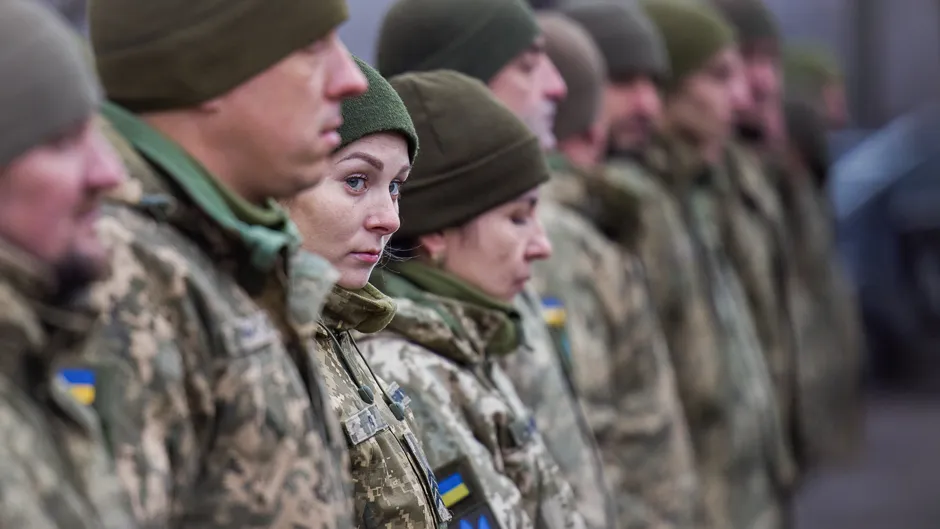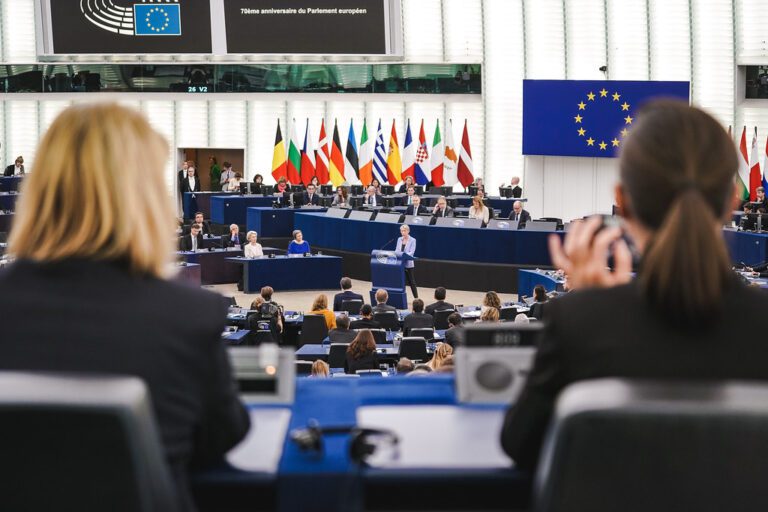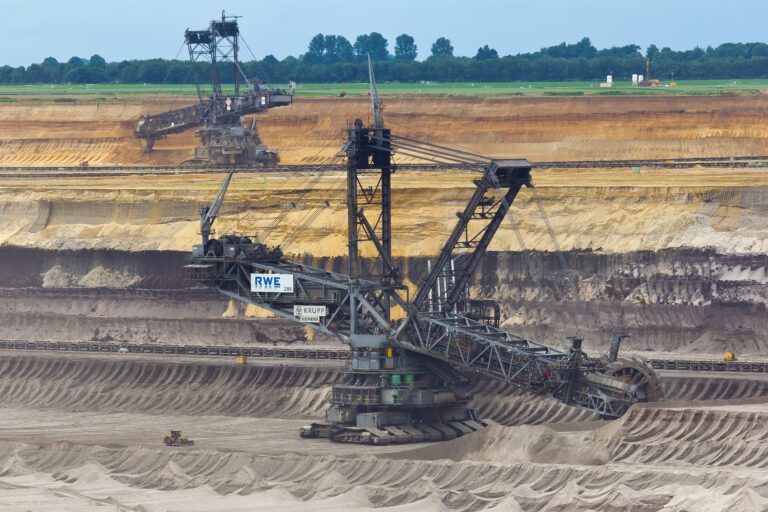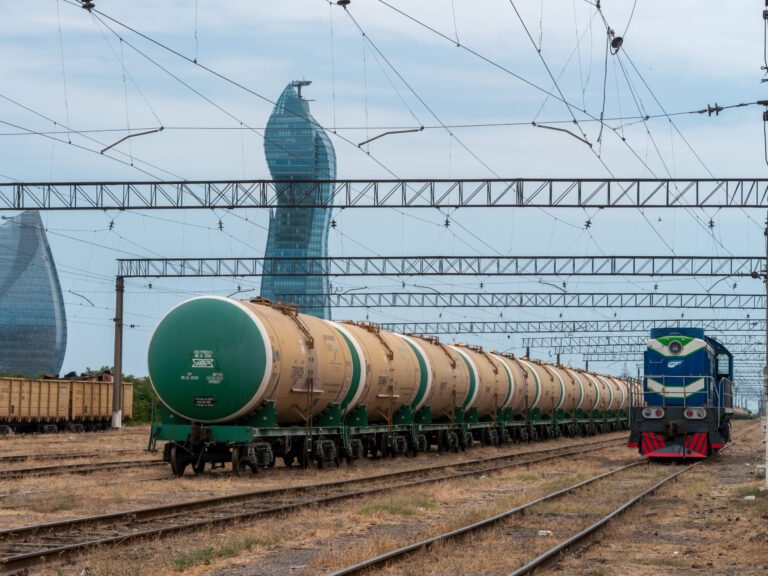
As US President Donald Trump seeks to end Russia’s attritional war in Ukraine – after meeting Vladimir Putin in Alaska on Friday and Volodymyr Zelenskyy at the White House on Monday – China remains in the background. From the start, Beijing has backed the Kremlin through trade, technology, and political cover, helping Moscow sustain the war.
Beijing’s strategy extends far beyond mere support for Moscow, shaping a broader vision of global geopolitics. At its core lies the ambition to undermine the US-led international order. In this framework, Russia plays a dual role for China: as a buffer state that drains Western resources and absorbs sanctions, and as a strategic partner projecting pressure on the West from Europe to the Pacific. This context helps explain the recent leak revealing that, in his talks with EU foreign-policy chief Kaja Kallas, Chinese Foreign Minister Wang Yi said Beijing did not want to see Russia lose in Ukraine.
Guided by this approach, China’s policy since the war’s inception has been finely calibrated along three dimensions: ensuring Russia’s military and economic resilience, maintaining diplomatic channels with Europe, and cultivating the image of a responsible global power, particularly in the eyes of the Global South.
China’s Stake in the Russia-Ukraine War
The outcome of the war will carry significant implications for China’s strategic calculus, given the substantial political, economic, and technological resources Beijing has invested in sustaining the resilience of the Russian regime. For Beijing, what matters is not only whether a ceasefire is achieved but also the shape of any potential peace settlement and its broader consequences for the global security architecture. This question is directly tied to China’s interests in the Indo-Pacific and, most notably, the Taiwan issue.
While Western observers argue that concessions to Russia could embolden China to pursue the reunification with Taiwan by force, Beijing itself harbors a different concern: that Russia’s defeat – or a rapid resolution of the war – would allow the United States to reorient its full attention and resources toward the strategic containment of China.
The parallels between the war in Ukraine and a potential Taiwan contingency are not merely rhetorical devices in international debate but reflect genuine dilemmas within China’s leadership. In 2022, Beijing faced a stark choice: if Russia collapsed in Ukraine, Washington would secure a strategic advantage in Europe, intensifying pressure on China’s domestic politics just as Xi Jinping was preparing for reappointment at the 20th Party Congress. In July 2022, Xi issued a special decree authorizing the use of Chinese forces in “non-war” operations, a move that significantly heightened the perceived risk of military action against Taiwan.
The issue now resurfaces. A frozen conflict in Ukraine, combined with partial economic relief for Moscow, could generate a parallel challenge for Xi as he approaches reappointment to a fourth term as Party General Secretary in 2027 and a potential continuation as head of state in 2028.
Taken together, these factors suggest that China has a vested interest in prolonging the war in Ukraine. The clearest evidence lies in Beijing’s consistent reluctance to leverage its influence over the Kremlin to facilitate a cessation of hostilities.
China’s Performative Neutrality
Formally, Chinese authorities have welcomed the initiation of US-Russia dialogue. In a conversation with Vladimir Putin on the eve of his meeting with Donald Trump in Alaska, Xi Jinping stated that China would remain consistent in its position on the “crisis” in Ukraine and continue to support peace negotiations regardless of how the situation evolves.
In a telephone conversation with Brazilian President Luiz Inácio Lula da Silva, Xi called for intensified efforts by the “Friends of Peace” group to build consensus in the Global South on a ceasefire and political settlement of the “Ukrainian crisis.” This position was reinforced by Chinese Foreign Ministry spokesperson Lin Jian, who stated that Beijing supports all efforts for peace, welcomes US-Russia engagement, and hopes for the swift achievement of a just and lasting agreement. China also emphasizes that it has worked for peace from day one, refrains from supplying weapons, and strictly controls exports of dual-use goods.
At the same time, China’s practical actions reveal a substantial gap between its peace-oriented rhetoric and its behavior. Beijing has opposed reducing imports of Russian oil, a step that could have contributed to de-escalation, and continues to provide Moscow with economic and technological support. On August 16, Ukraine imposed sanctions on 39 individuals and 55 companies, including 10 Chinese firms, for supplying components for Russian Shahed drones – ranging from engines and cameras to microchips and resonators. Systemic violations of sanctions by Chinese companies, as well as the recruitment of Chinese citizens by Russia for military service, have persisted despite repeated Ukrainian requests, with no effective response from Beijing.
This dual approach reflects a calculated strategic calculus. The “Friends of Peace” group proposed by China at the United Nations, along with its peace initiatives, serve to position Beijing as a peace broker and enhance its influence among Global South countries. Meanwhile, by refraining from constructive measures capable of ending the war, China ensures the survival of Russia as a geopolitical partner, undermines confidence in US leadership, and safeguards its own economic interests. Should a settlement between Ukraine and Russia be reached, Beijing can highlight its consistent approach as a contributing factor to peace; should the conflict continue, it can blame the West for failing to halt the war – particularly given China’s repeated accusations that Western arms supplies to Ukraine have “added fuel to the fire.”
Holding Back to Gain Leverage
At the same time, it is becoming increasingly difficult for China to demonstrate impartiality in the eyes of Ukraine and Western allies. This became even more evident on the eve of the Alaska summit, when Vladimir Putin intensified calls to allies and friendly countries to demonstrate the West’s inability to isolate him. China’s presence on this list significantly strengthens Putin’s position in negotiations with Donald Trump. On one hand, it allows Putin to maximize time and continue military operations in order to extract the greatest concessions from Ukraine, while having China’s steadfast support in his arsenal. On the other hand, it provides the Kremlin leader with an opportunity to utilize the US president’s desire to separate Beijing and Moscow. In a Fox News interview following his talks with Putin, Trump stated that China needs Russian territory due to its large population, while Russia possesses vast land. He characterized the rapprochement between the two countries as a “disaster,” for which previous administrations, including Joe Biden’s, are responsible. This may indicate that Trump still hopes to detach Russia from China, adopting a highly conciliatory policy toward Putin on the issue of the Russia–Ukraine war.
However, even assuming an improvement in US–Russia relations in the future, conditional on achieving a ceasefire agreement, this is unlikely to lead to Moscow turning away from Beijing. Russia’s strategic objectives extend far beyond the war against Ukraine and reaching agreements over occupied territories. Moscow views the conflict as an instrument to increase its geopolitical weight in the global balance of power, aiming to achieve this through major agreements with the US while maintaining China’s support.
Russian Foreign Minister Sergey Lavrov named China among the countries Russia wishes to see as security guarantors for Ukraine, alongside the US, the United Kingdom, France, and Russia itself – essentially the members of the UN Security Council. This approach has a dual significance: first, it shifts attention away from Western initiatives regarding security guarantees for Ukraine; second, it creates an alternative security model that serves the interests of both Russia and China. At its core, this model involves the gradual erosion of NATO’s role, the creation of fissures in transatlantic unity, and a reassessment of the entire European security architecture in favor of authoritarian power centers.
Officially, China avoids responding directly to the question of whether it is willing to provide security guarantees in the context of a Russia–Ukraine peace settlement. Nonetheless, its wait-and-hold approach and strategic coordination with Russia allow Beijing to indirectly support Moscow in shaping conditions that gradually reorient the balance of power toward the “Dragonbear” axis. This strategy provides China with flexible control over the peace negotiation process, minimizing the risks of direct intervention in the conflict while simultaneously creating structural preconditions for the long-term reconfiguration of the global security architecture.
Written by
Nataliya Butyrska
Nataliya Butyrska is an independent expert on East Asia. She is an author of more than 100 analytical articles and reports on the issues of international relations with a special focus on the Indo-Pacific region and Ukraine's relations with Asian countries.


